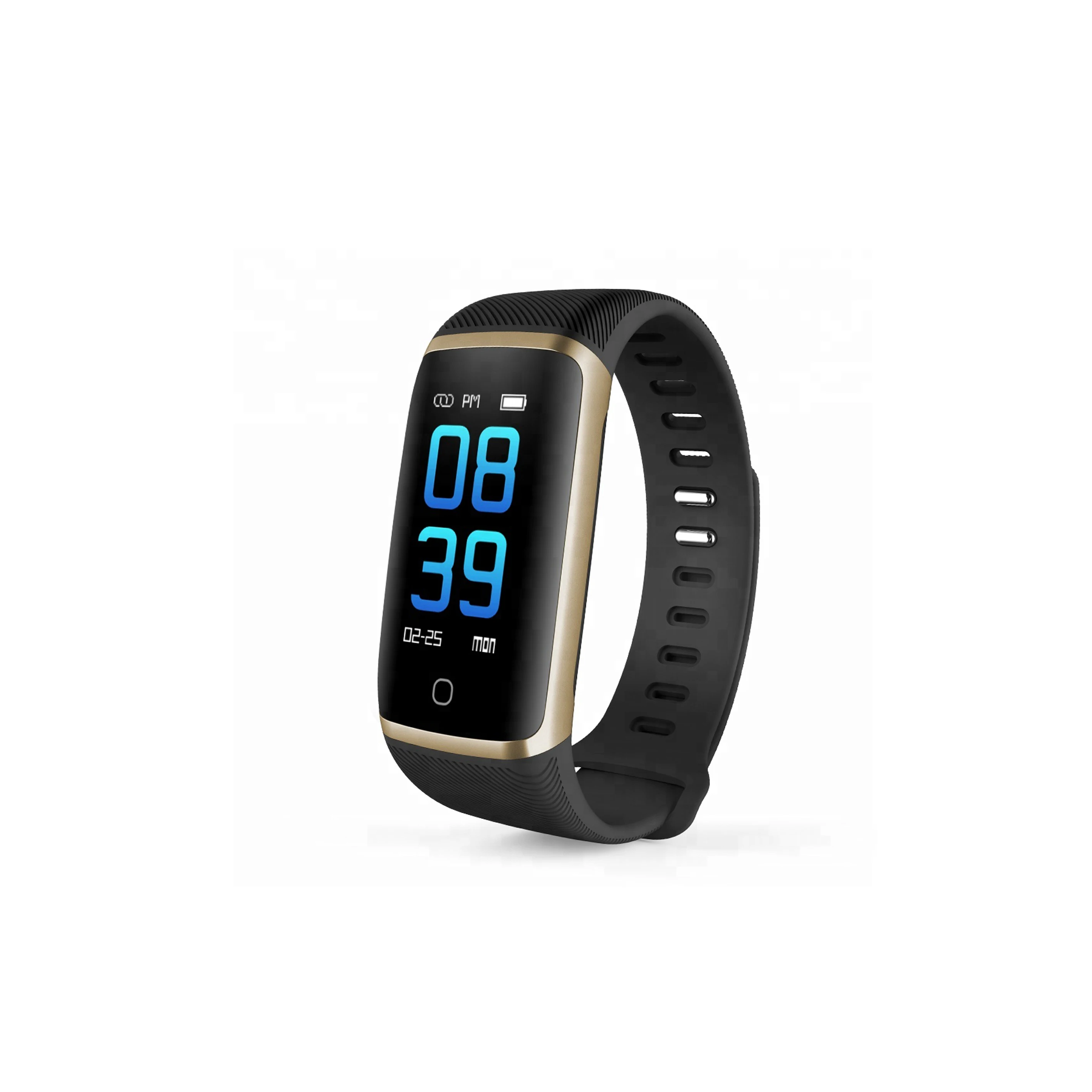In the digital age, our recreation life is filled with the portable devices like 16 GB mp4 player. And in the interactive age of Web2.0, the handheld network device comes collectively. From the 3G to WLAN, the network access method continues to satisfy the network application needs of consumers. From the easy realized Linux to the limited Symbian and from the Windows Mobile to the living iOS and Android, the mobile smart system is spread from the computer to the personal device.
With the open source android system, Ramos W7 has become the classic product of smart MID. In the current time, the 7 inch MID W9 with Android 2.1, +DDR2 and Android+HDMI attracts the attention of the players again. In the article, let's come to experience the W9 software.

The brief overview of W9
Android is an open source system. Due to the openness of the system, many software companies, programmer and senior players are pleased to edit software for it. Android 2.1 comes with highly increasing operation speed and improved user interface. It supports Exchange active wall paper and improved virtual keyboard input. What's more, it integrates Google map 3.1.2. The world market share is 41.7%. It has become the most popular smartphone system at present.
W9 applies Android 2.1
Android attaches great importance to the convenience of the network application and network access service. With the spreading of the network, wireless WiFI is widely used. Not a few people would like to surf the internet through the laptop, mobile phone and MID at home. With the hardware support and Android 2.1, the wifi access of W9 is very convenient. At the same time, the open source software promotes the development of the android software support. By the September, 2010, the software amount of the Android market had topped 120,000. It's likely to run after Apple Store.
W9 reading and playing experience
Android 2.1 has the excellent image processing and file editing application. In the following, let's come to see how we can benefit from it in our study, work and life. The built-in iReader connects the multi reading method with the online stack. Meanwhile, it supports CHM, UMD, TXT and HTML e-book formats. The software provides many retrieval modes and supports account registration. The user can find the favorite book anytime and anywhere.
W9 audio and video experience
W9 comes with Rockchip RK2818 master controller scheme. The CPU structure and main frequency have been upgraded. The memory is upgraded to DDR2. The GPU accelerator chip is also added. The interface display is more fluent. In addition, RK2818 features with video hardware accelerating and the video playback effect is much better.
W9 supports 720P HD video playback. It can realize the data sharing through OTG and digital video output through HDMI. What's more, we can also enjoy the video, movie and TV programes through OOLIVE and other video softwares. Through the Wifi connection, we can watch movie with the W9.
With the open source android system, Ramos W7 has become the classic product of smart MID. In the current time, the 7 inch MID W9 with Android 2.1, +DDR2 and Android+HDMI attracts the attention of the players again. In the article, let's come to experience the W9 software.

The brief overview of W9
Android is an open source system. Due to the openness of the system, many software companies, programmer and senior players are pleased to edit software for it. Android 2.1 comes with highly increasing operation speed and improved user interface. It supports Exchange active wall paper and improved virtual keyboard input. What's more, it integrates Google map 3.1.2. The world market share is 41.7%. It has become the most popular smartphone system at present.
W9 applies Android 2.1
Android attaches great importance to the convenience of the network application and network access service. With the spreading of the network, wireless WiFI is widely used. Not a few people would like to surf the internet through the laptop, mobile phone and MID at home. With the hardware support and Android 2.1, the wifi access of W9 is very convenient. At the same time, the open source software promotes the development of the android software support. By the September, 2010, the software amount of the Android market had topped 120,000. It's likely to run after Apple Store.
W9 reading and playing experience
Android 2.1 has the excellent image processing and file editing application. In the following, let's come to see how we can benefit from it in our study, work and life. The built-in iReader connects the multi reading method with the online stack. Meanwhile, it supports CHM, UMD, TXT and HTML e-book formats. The software provides many retrieval modes and supports account registration. The user can find the favorite book anytime and anywhere.
W9 audio and video experience
W9 comes with Rockchip RK2818 master controller scheme. The CPU structure and main frequency have been upgraded. The memory is upgraded to DDR2. The GPU accelerator chip is also added. The interface display is more fluent. In addition, RK2818 features with video hardware accelerating and the video playback effect is much better.
W9 supports 720P HD video playback. It can realize the data sharing through OTG and digital video output through HDMI. What's more, we can also enjoy the video, movie and TV programes through OOLIVE and other video softwares. Through the Wifi connection, we can watch movie with the W9.
